Pickling or Fermenting: What’s the Real Difference?
Pickling and fermenting have captivated food enthusiasts for centuries as preservation techniques with distinct flavors.
Ancient methods transform ordinary vegetables into tangy delights through slightly different processes.
The science behind each approach creates unique taste profiles that range from sharp and vinegary to complex and probiotic-rich.
Home cooks around the world embrace both traditions, adapting recipes to suit local ingredients and cultural preferences.
Many classic dishes across global cuisines rely on these techniques for their characteristic tang and depth.
The nutritional benefits vary between them, with fermented foods often containing beneficial bacteria.
Ready to unlock the secrets of these preservation methods and add new dimensions to your cooking repertoire?
Pickling: Way to Preserving Food
Let's discover a whole world of tangy treats that go far beyond basic cucumber dills. From spicy kimchi to sweet pickled beets, these preserved goodies add zip to any meal while lasting months in your fridge.
What is Pickling?
Pickling has preserved food at room temperature for generations, dating back to when refrigeration wasn't available. This ancient technique allows foods to stay fresh without cooling.
The process works by submerging vegetables or other edibles in acidic brine, which stops enzymes and microorganisms from developing. Your homemade pickles require just a few basic ingredients - water, vinegar, pickling salt and seasonings create the perfect preservation liquid.
Many cuisines around the world have their own special brine recipes, each offering unique flavors while maintaining the same preservation principles.
Different Types Of Picklings
Pickling is a versatile preservation method that comes in several types, each offering unique flavors and techniques:
Dill Pickle
Dill pickles are the classic and most popular type, flavored with dill weed in the brine. Known for their strong, herbal taste, they’re a perfect match for burgers, sandwiches, and hot dogs. Many also enjoy them as a standalone snack.
Full-Sour Pickle
Full-sour pickles pack a tangier punch but don’t use vinegar in their brine. Their sourness develops naturally through salt, water, and extended fermentation - usually 3 to 4 months. They’re popular for snacking and in tangy cocktails.
Half-Sour Pickle
Half-sour pickles are milder and crunchier because they ferment for a shorter time - typically up to 2 months. Their lighter flavor and crisp texture make them easy to prepare and enjoy.
Sweet Pickle
Sweet pickles add sugar to the brine, offering a sweeter alternative to traditional tangy pickles.
Varieties like candied pickles have higher sugar content, making them especially sweet.
They work well in sandwiches, as snacks, or stuffed into olives for a sweet-tangy twist.
Discovering Fermenting Foods
Fermentation offers a tasty alternative to traditional pickling methods that many home cooks overlook. This natural process happens when good bacteria convert sugars into acids, giving foods a tangy flavor without needing vinegar.
Definition of Fermenting
Fermenting is an ancient food preservation method used long before refrigeration existed. It involves submerging vegetables or other foods in an acidic brine that halts the growth of enzymes and harmful microorganisms.
This natural process keeps foods fresh at room temperature while developing unique flavors. Homemade ferments typically require simple ingredients like water, vinegar, pickling salt, and seasonings to create the preserving brine.
Different cultures have their own special brine recipes, each adding distinctive tastes but following the same basic preservation principles.
Types Of Fermentation
Fermentation comes in various forms, each with unique characteristics despite sharing a basic process.
Lactic Acid Fermentation (Lacto-Fermentation)
Common in foods like sauerkraut, kimchi, yogurt, and sourdough, this method uses just salt and water to break down starches and sugars. It’s a simple process that can be easily done at home to create a variety of fermented foods.
Ethanol Fermentation (Alcohol Fermentation)
This type produces alcoholic beverages like beer, wine, and spirits. It’s also used to help sourdough rise before lactic acid fermentation takes over.
Acetic Acid Fermentation
Often debated as a separate category or part of ethanol fermentation, acetic acid fermentation converts wine into vinegar, such as apple cider vinegar.
Similarities of Pickling and Fermenting
Pickling and fermenting share several important similarities, primarily their role as traditional methods of food preservation. Both techniques were developed to keep food safe and edible for long periods before refrigeration existed.
Crucially, both require minimizing air exposure to prevent spoilage caused by bacteria, mold, and fungi. Additionally, pickled and fermented foods both undergo flavor and texture changes, often resulting in sour or acidic tastes.
This sourness in pickling comes from the acidic brine, while in fermentation it’s produced by lactic acid. Lastly, both methods sometimes involve the use of brine, although fermentation can also occur without it, which often leads to confusion between the two.
What Are Differences Between Pickling and Fermenting?
Comparing these approaches reveals important differences in their main characteristics, which can lead to varied outcomes and advantages.
Here is a table to see the differences between pickling and fermenting.
| Aspect | Pickling | Fermenting |
| Origin | Dates back to around 2400 BC with vinegar pickling; mainly for preservation. | Older method, appearing ~13,000 years ago (e.g., beer); used for flavor enrichment and reducing cooking time. |
| Method of Preparation | Often requires sterilized equipment; uses vinegar or acidic brine; shorter process (months). | Simple process: ingredients submerged in brine and kept airtight; longer process. |
| Temperature Sensitivity | Generally shelf-stable; can be stored at room temperature due to canning. | Temperature-sensitive; requires stable, cool conditions to maintain beneficial bacteria growth. |
| Suitable Foods | Mostly vegetables and fruits; occasionally meat, fish, eggs. | Very diverse: vegetables, fruits, yogurts, beverages, sauces, and pastes. |
| Flavor and Texture | Tangy with crisp texture due to shorter pickling time. | More complex flavors; softer texture and easier digestion. |
| Health Benefits | Some nutrient loss due to sterilization, especially vitamins B and C. | Retains nutrients; reduces calories; increases probiotics, benefiting gut health. |
Origin
Fermentation is an older preservation method, dating back around 13,000 years with early examples like beer, while pickling with vinegar appeared much later, around 2400 BC. Originally, pickling was mainly used to preserve food, whereas fermentation not only preserved but also enhanced flavors and reduced cooking time.
Method of Preparation
Fermentation is straightforward: ingredients are submerged in brine and kept airtight to allow beneficial bacteria to work. Pickling is a bit more involved, often requiring sterilized equipment to extend shelf life, but it produces ready-to-eat pickles faster, usually within a few months.
Temperature Sensitivity
Fermented foods are temperature-sensitive since the bacteria thrive only within a narrow range, so they need to be stored in cool, stable conditions, often refrigerated. Pickled foods are usually canned and shelf-stable, making them less sensitive to temperature and easier to store at room temperature.
Suitable Foods
Fermentation offers a wide range of options, including vegetables, fruits, yogurts, drinks, sauces, and pastes. Pickling is more limited, typically involving vegetables and fruits, with occasional pickled meats, fish, or eggs.
Flavor and Texture
Both pickling and fermentation produce tangy flavors, but fermented foods have richer, more complex tastes. Texturally, pickled foods tend to remain crisp due to shorter processing times, while fermented items become softer and easier to digest.
Health Benefits
Pickling can reduce nutrient content, especially water-soluble vitamins like B and C, due to sterilization. Fermentation preserves nutrients, lowers calories by breaking down sugars, and boosts probiotics, which support gut health and digestion.
Popular Recipes: Pickling and Fermentation Classics
Pickling and fermentation both offer a rich variety of classic recipes enjoyed worldwide. Here are some ideal examples.
Pickling Ideas
They are crisp and herbaceous, commonly enjoyed as a side or sandwich topping. Their sharp, refreshing flavor makes them a favorite snack across many cultures.
They add a vibrant, tangy crunch to dishes like tacos, salads, and burgers. The quick pickling process allows them to be ready in just a few hours, making them a popular condiment.
These are often used in sandwiches or eaten alone as a snack, catering to those who prefer a milder, sweeter taste.
Fermenting Ideas
Common Mistakes to Avoid in Pickling and Fermenting
Avoiding these mistakes helps ensure safe, tasty, and successful pickling and fermenting results.
Got Questions? We’ve Got Solutions
1. How long do pickled and fermented foods last?
Pickled foods can last for several months in the refrigerator, while properly fermented foods can last up to a year when stored correctly in cool conditions.
2. Do I need special equipment for pickling or fermenting?
For basic pickling, you only need jars and a pot. Fermenting might require fermentation crocks or jars with airlocks, but you can start with regular mason jars with loose lids.
3. Are pickled and fermented foods healthy?
Both have benefits. Pickled foods preserve vitamins, while fermented foods contain beneficial probiotics that support gut health and improve digestion.
4. Can I reuse the brine?
Pickling brine can be reused once or twice for quick pickles. Fermentation brine contains live cultures and can be used as a starter for your next batch, speeding up the fermentation process.

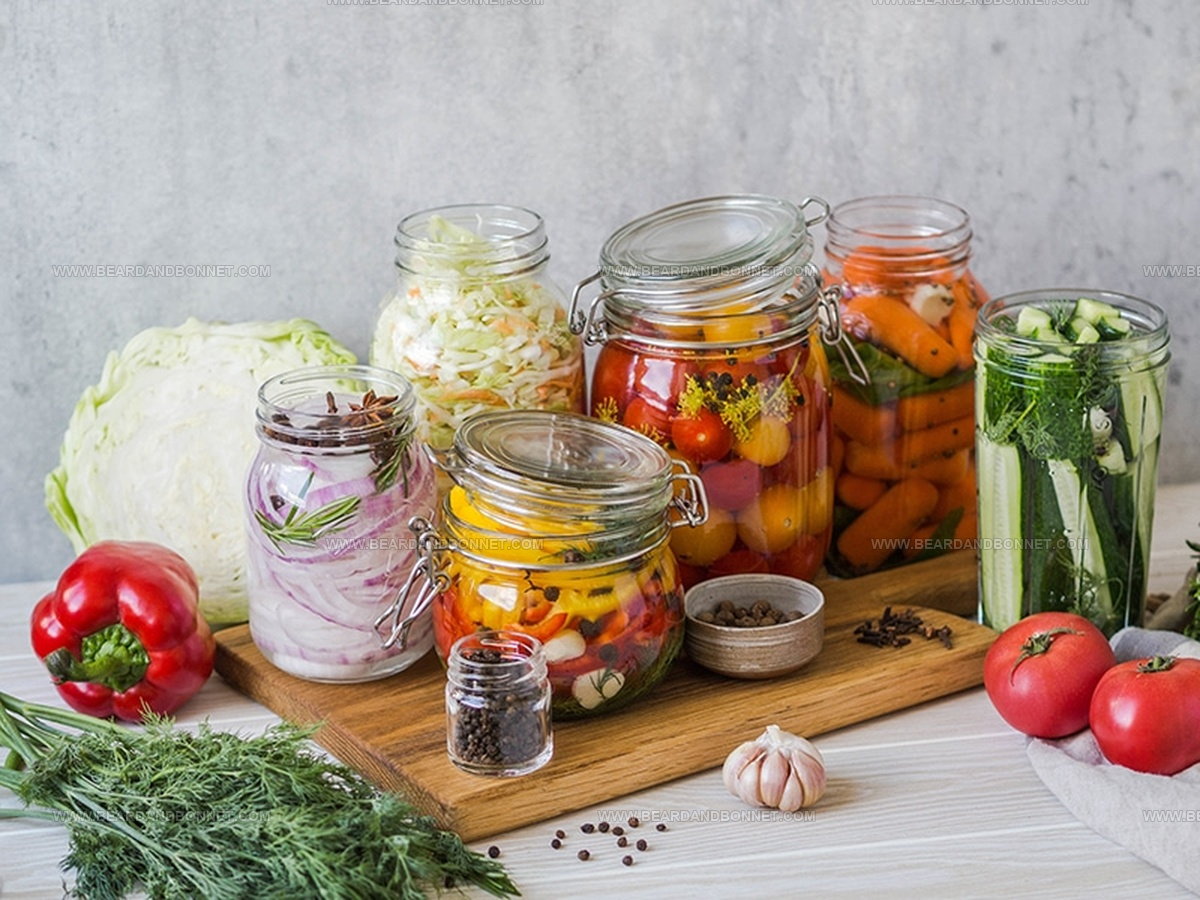
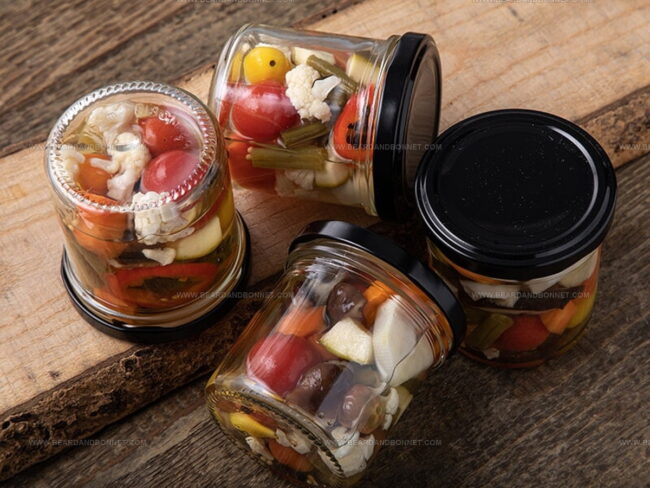
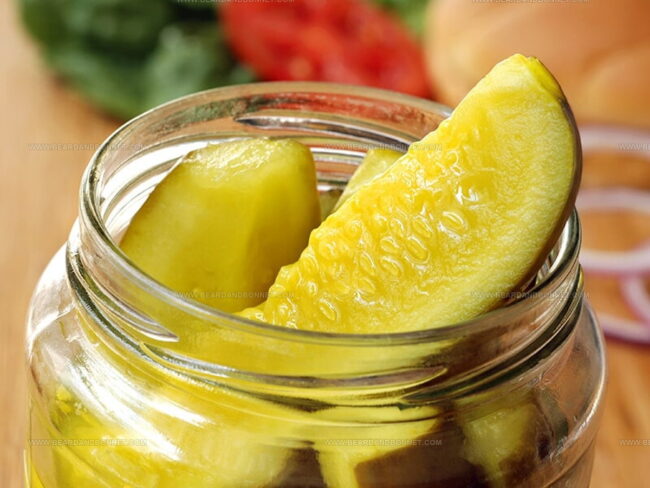
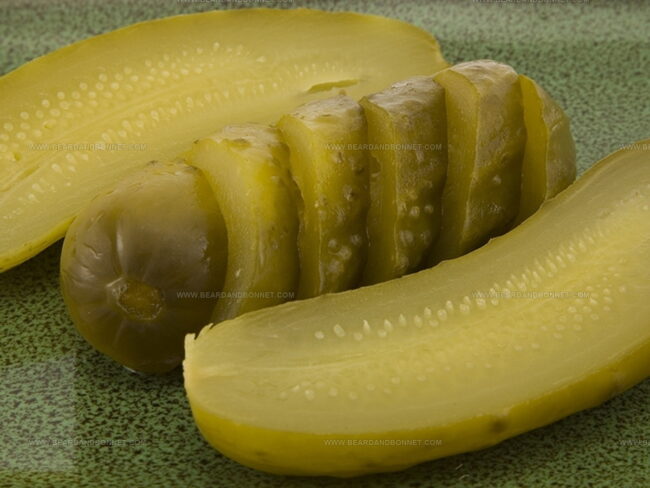
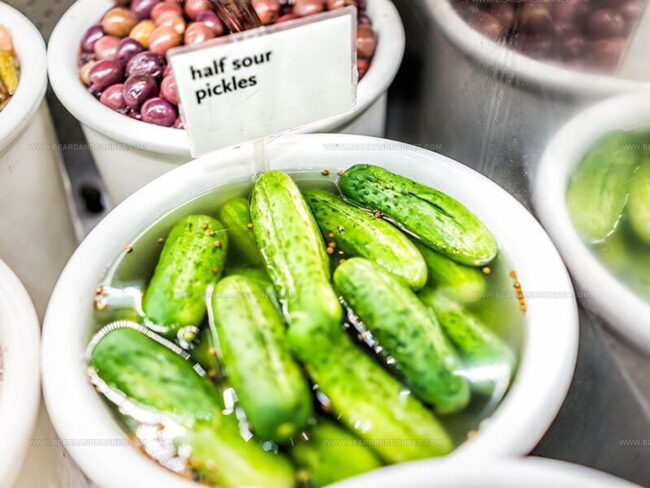
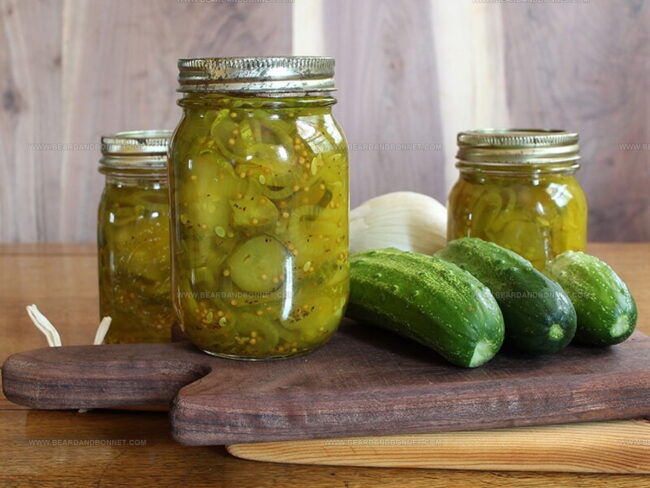
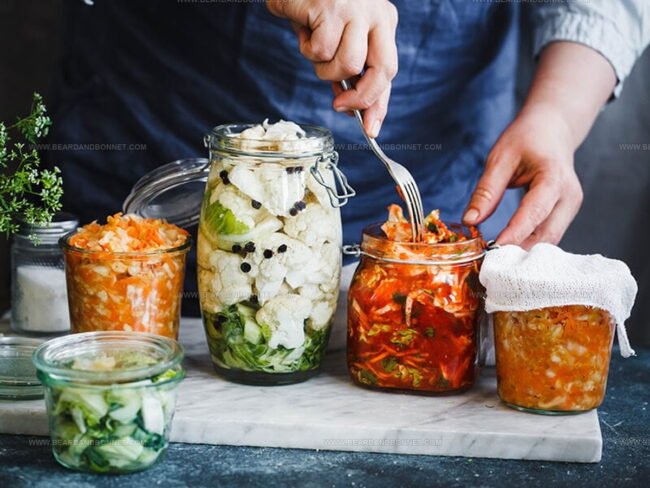
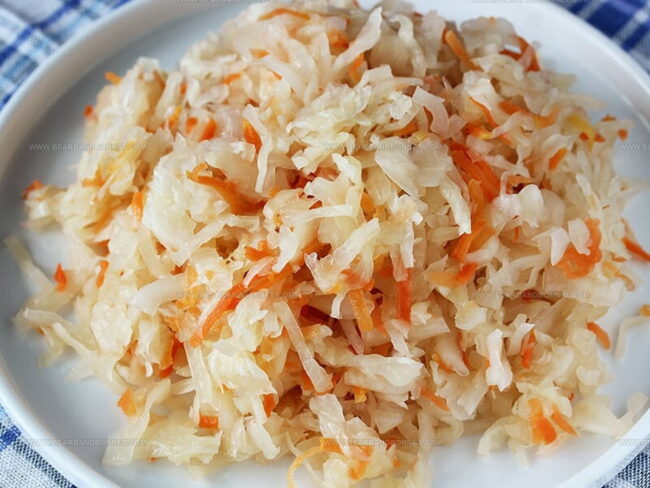
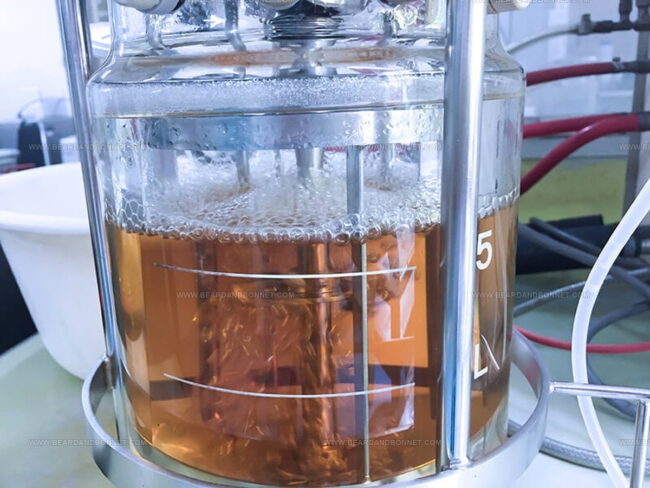
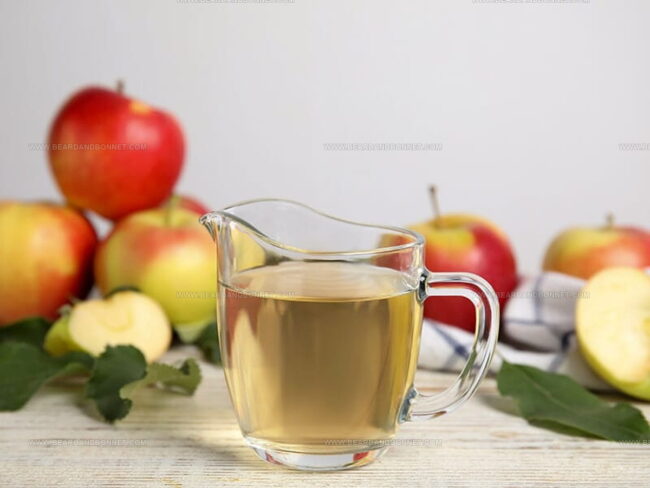
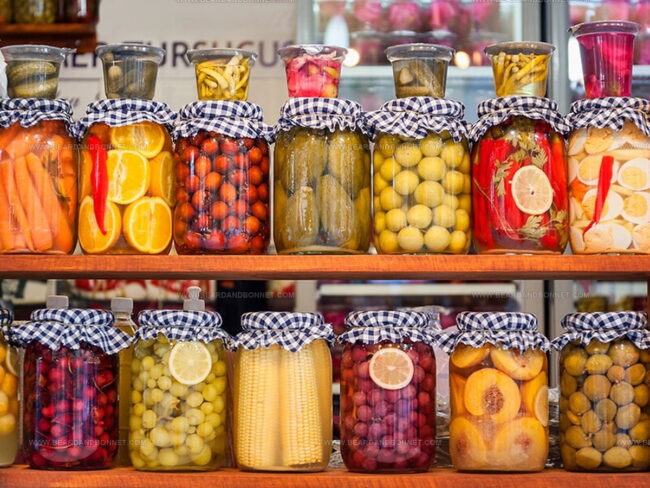
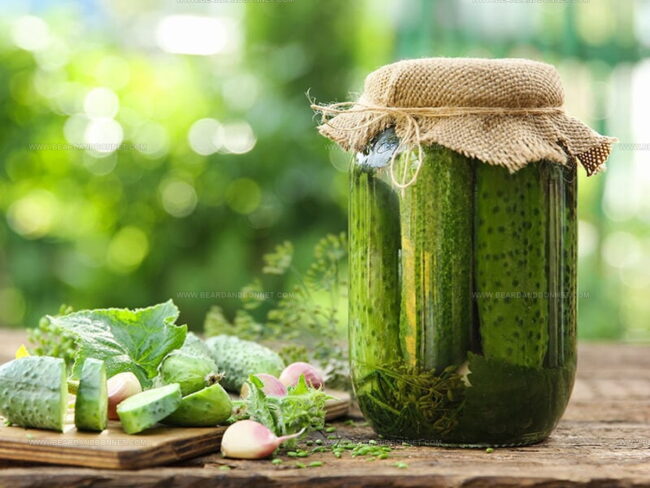
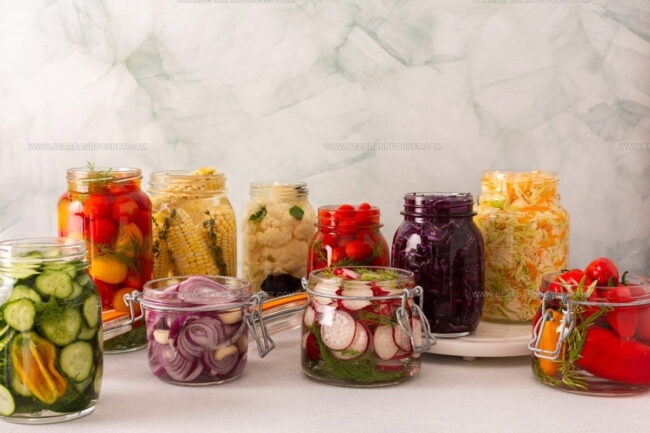
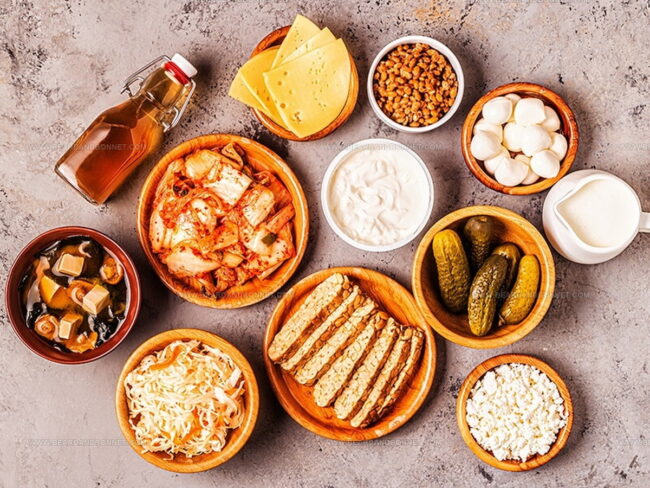
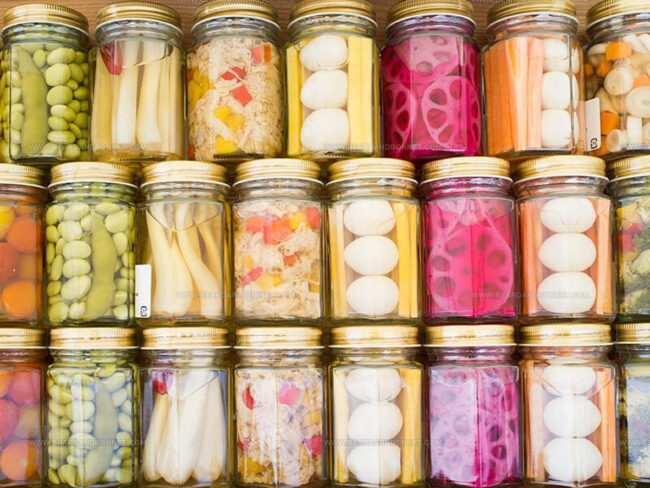
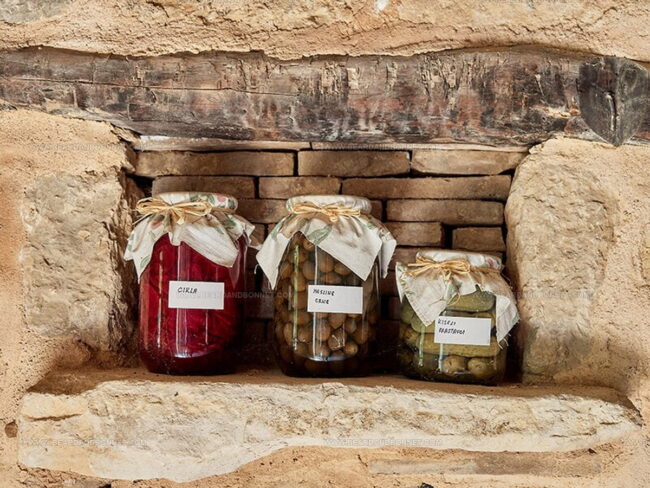
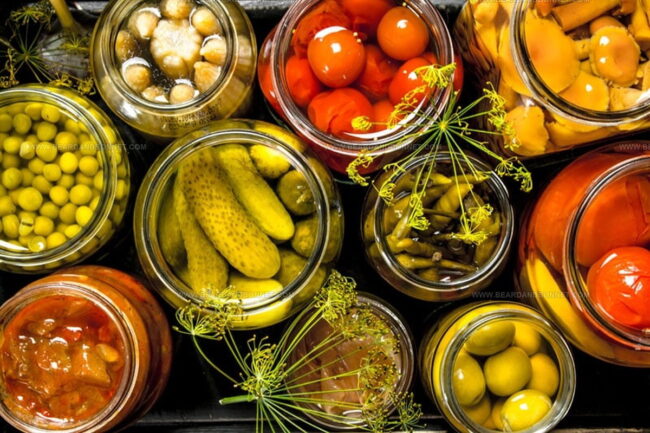
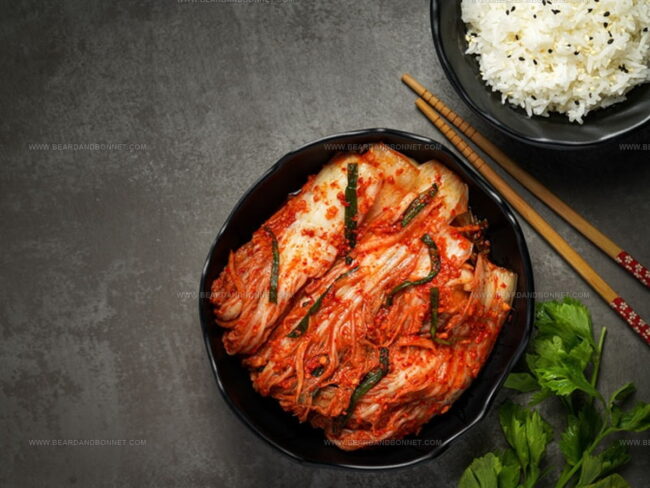
Jessica Martin
Recipe Developer & Food Writer
Expertise
Recipe Development, Food Styling and Photography, Seasonal and Local Ingredients, Vegetarian and Vegan Cuisine, Culinary Education
Education
Portland Community College
Oregon Culinary Institute
Jessica Martin is a talented food writer and recipe creator who specializes in seasonal cooking and approachable home baking.
Educated at Portland Community College with additional pastry training from Oregon Culinary Institute, Jessica’s culinary journey spans nearly a decade of creating and sharing flavorful recipes.
Her deep appreciation for local ingredients shapes each of her recipes, making them both accessible and inspiring. At Beard and Bonnet, Jessica uses her cheerful, down-to-earth writing to help readers effortlessly bring new tastes and creative dishes into their daily routines.